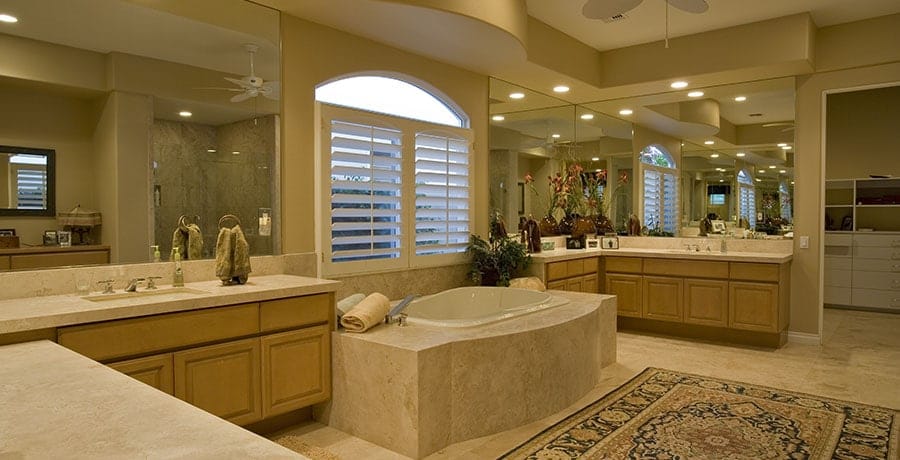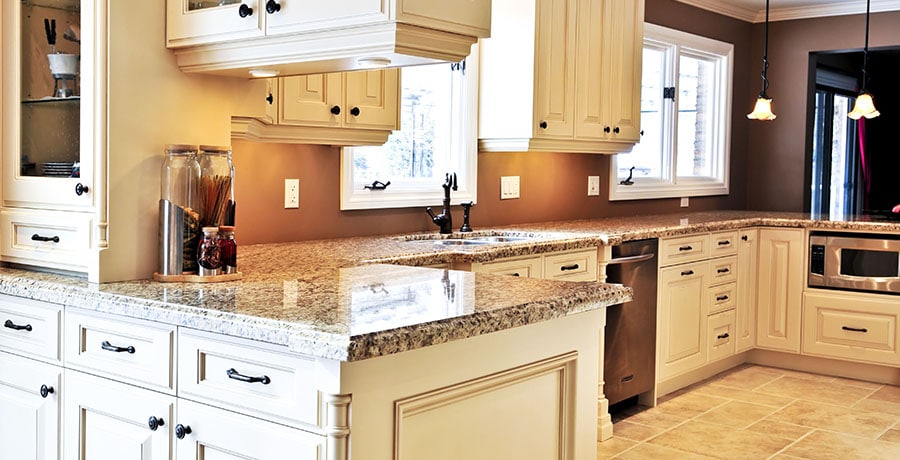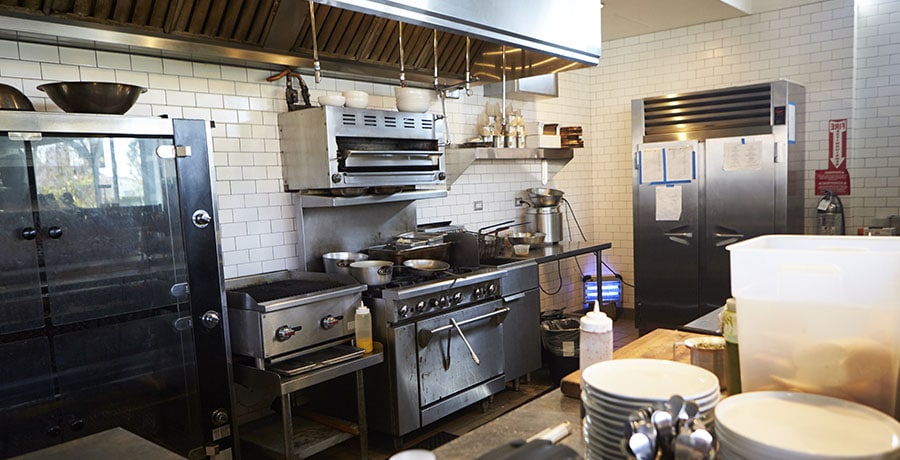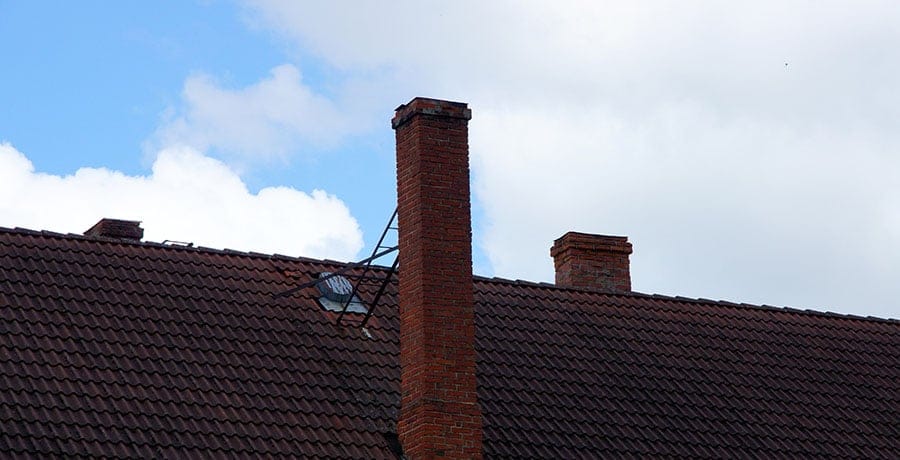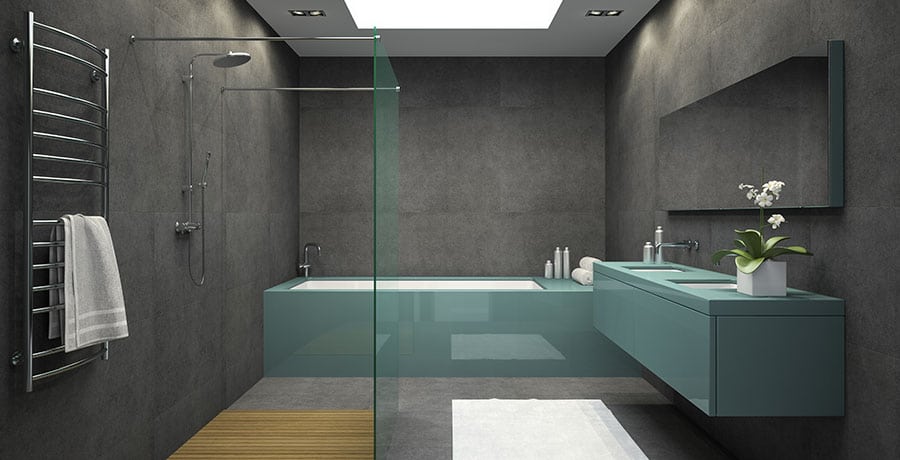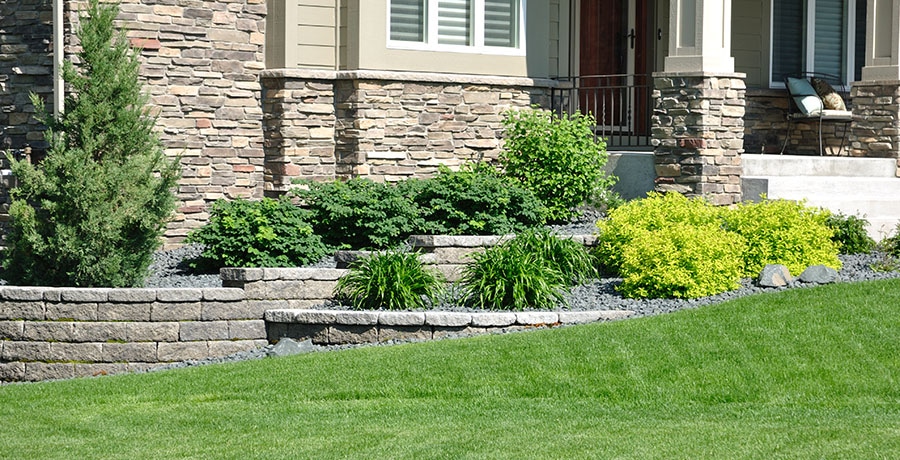The problems with asset division and probate are a pain in the neck. This is why wills and trusts are opted for and people hire estate planning lawyers PG County to avoid problems and mistakes. Here is everything you need to know about a living trust.
Living Trust
A living trust is a legal document that is similar to a will, in the sense that it has all of the assets of the grantor/owner, along with instructions on how to proceed with the asset division to the beneficiaries.
It helps to skip the probate process which is usually applicable after the owner of the asset passes away. Probate is a process that allows the assets to be divided among the remaining family members of the owner, after his/her death, according to the law.
That’s not to say that a living trust, or will for that matter, doesn’t follow the law. It does, but with probate, it’s kind of different, because the process fully relies on the court and there is just division among all family members.
In a living trust, there is a lot of control over the assets, and the instructions given by the owner are followed till the end, with the help of an executor.
The process of making a living trust is pretty simple. If you’re the owner of several assets and you want to start an estate plan, then first, you’ll need to meet up with a lawyer and talk things through about having a living trust.
Once the paperwork is complete, an executor will be appointed. They’re usually someone who has knowledge of the law and is neutral and trustworthy so that they can ensure that the trust will see an end and all beneficiaries get their promised share.
This is pretty much the rundown of a living trust and it’s a really easy and painless procedure to ensure that the beneficiaries and the remaining family members are safe, financially. It’s a great tool to use in estate planning.
Living Trust & Will – What’s The Difference?
A lot of people think that loving trusts and wills are the same, and while they might be, there is still a pivotal difference between the two.
A will is a document that is applicable after the testator or the owner of the will dies. The will is unable to be implemented when the owner is still alive.
On the other side of the picture, a living trust is applicable even when the owner of the assets is still alive. There’s no condition that the owner has to be deceased to deem the trust to be applicable to the beneficiaries.
This is similar to a trust fund. A trust fund and a will are poles apart, but a trust fund is applicable and usable even if the owner of the fund is still alive. There are just certain conditions for the user of the trust fund, like being of age, being mentally sound, etc.
Now, the next question might be: Is a living trust better than a will? See, there’s no right or wrong way of estate planning. It depends on what the owner prefers. If they want the beneficiaries to have access to the assets in their life, then they can go for a living trust, otherwise a will is also fine.
Types Of Living Trusts
Now that you know what a living trust is, it’s important to know the types of living trusts too. Here are the two main types of a living trust.
Revocable Trust
A revocable living trust is a type of trust in which the owner of the assets, also known as the grantor is the main trustee and controller of the document.
This is the most common type of living trust that people go for because the owner can change the beneficiaries and have primary control over the trust. After the demise of the grantor, the next trustee in line can take over the decisions.
Irrevocable Trust
An irrevocable living trust is a trust in which the grantor is unable to become the primary trustee. Since they can’t be the trustee, the grantor has to give up a major chunk of the control over the trust. You might think that this trust is not good enough for anyone, but it is.
An irrevocable trust safeguards the assets against lawsuits and creditors. This trust also ensures the safety of the assets from people who want to take advantage of the money and have ill will. Get help from an estate planning attorney Largo to choose the right type of living trust.
Merits And Demerits Of A Living Trust
Here are some great and not-so-great things about a living trust.
Easy Process
Probably the biggest advantage of a living trust is the ease of the process. There’s no requirement of probate and it’s really fast to wrap up so, the grantor can be at ease, knowing that the family won’t be dragged through the torture of lengthy court hearings.
You Might Lose Control Of Your Assets
A living trust isn’t all roses and sunshine. It is a document that clearly states that the grantor will lose all control over the assets, and sometimes, this isn’t what they want. If you’re in the same boat, then you might want to scope out other options before committing to a living trust.
Quick Asset Division
Another great thing about a living trust is that the directions are already there. There’s no need for any legal team to get involved and make successions of any sort. You can simply apply the trust and the assets will be divided in a matter of time.
Transfer Fees
All of the assets that were once in the name of the owner required to be transferred to the beneficiaries, mainly in title. These transfer fees can cost a lot and if you have sizable assets, then that can cost you a lot of money too.
Grantor Can Appoint Succeeding Trustees
The grantor is also at ease when they opt for a living trust. In case there is a medical condition that leaves the grantor incapacitated, the decisions can be made by the succeeding trustee appointed by the grantor, so the assets and their dealings will be in good hands.
You Need A Lawyer
Making a living trust isn’t all that easy either. You can’t do it without a lawyer. You will need a legal team to walk you through the process and that can cost you a lot. Lawyers aren’t cheap by any means, so you’ll need to think about it.
Tax Benefits And Disadvantages
A huge plus point of a living trust is the fact that the tax rate on the assets doesn’t hike. The rate at which you paid taxes at the time the trust was made will be applicable throughout and that’s amazing.
Unless the trust you opt for is an irrevocable living trust, the tax isn’t reduced by any means. You still have to pay due taxes according to the asset size, so that is something important that you have to keep in mind too.
Conclusion
There are different ways by which you can bypass the lengthy and expensive probate process, and having a living trust is one of them. So, discuss this with your wills and trust attorney Bowie to start planning for your loved ones.


